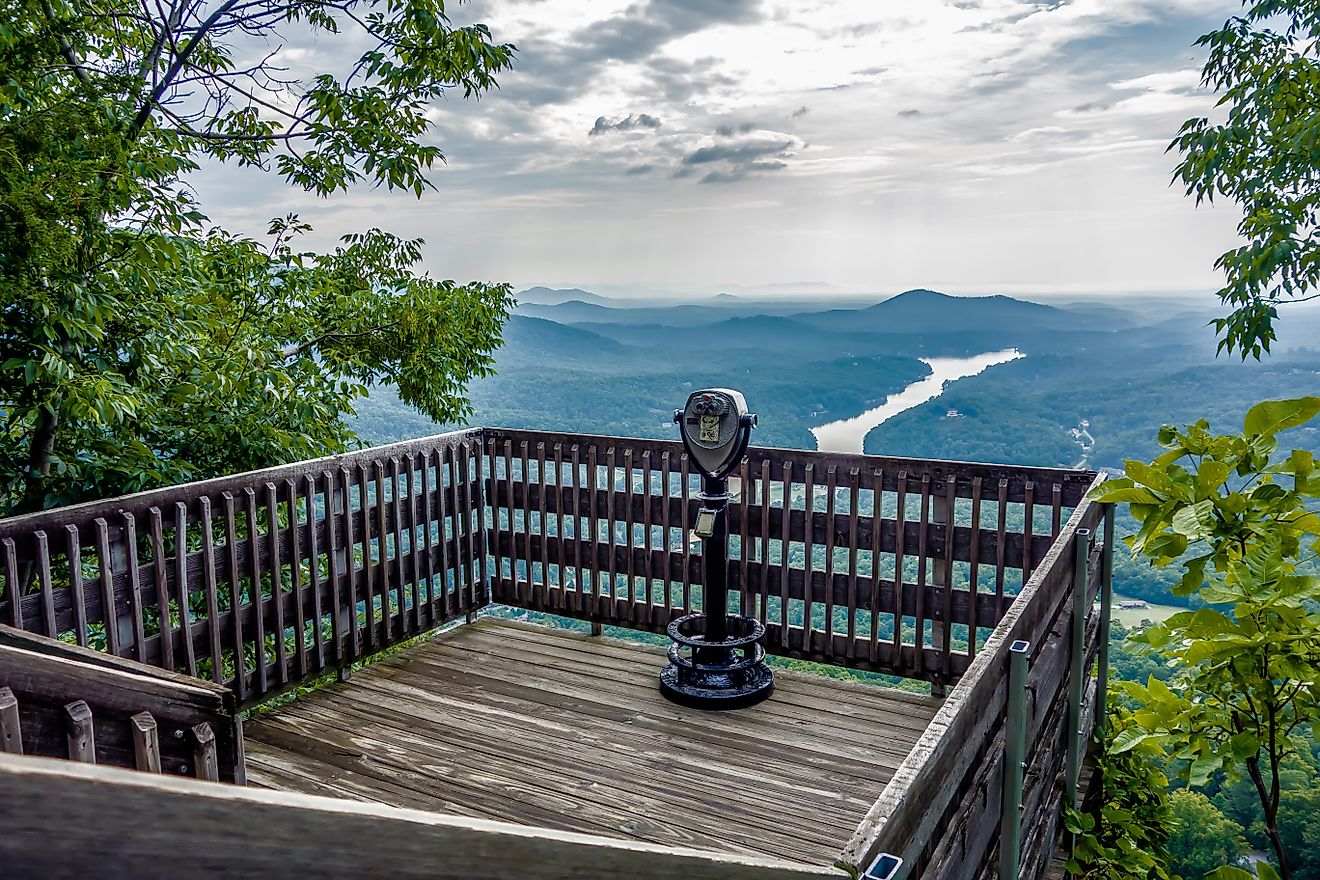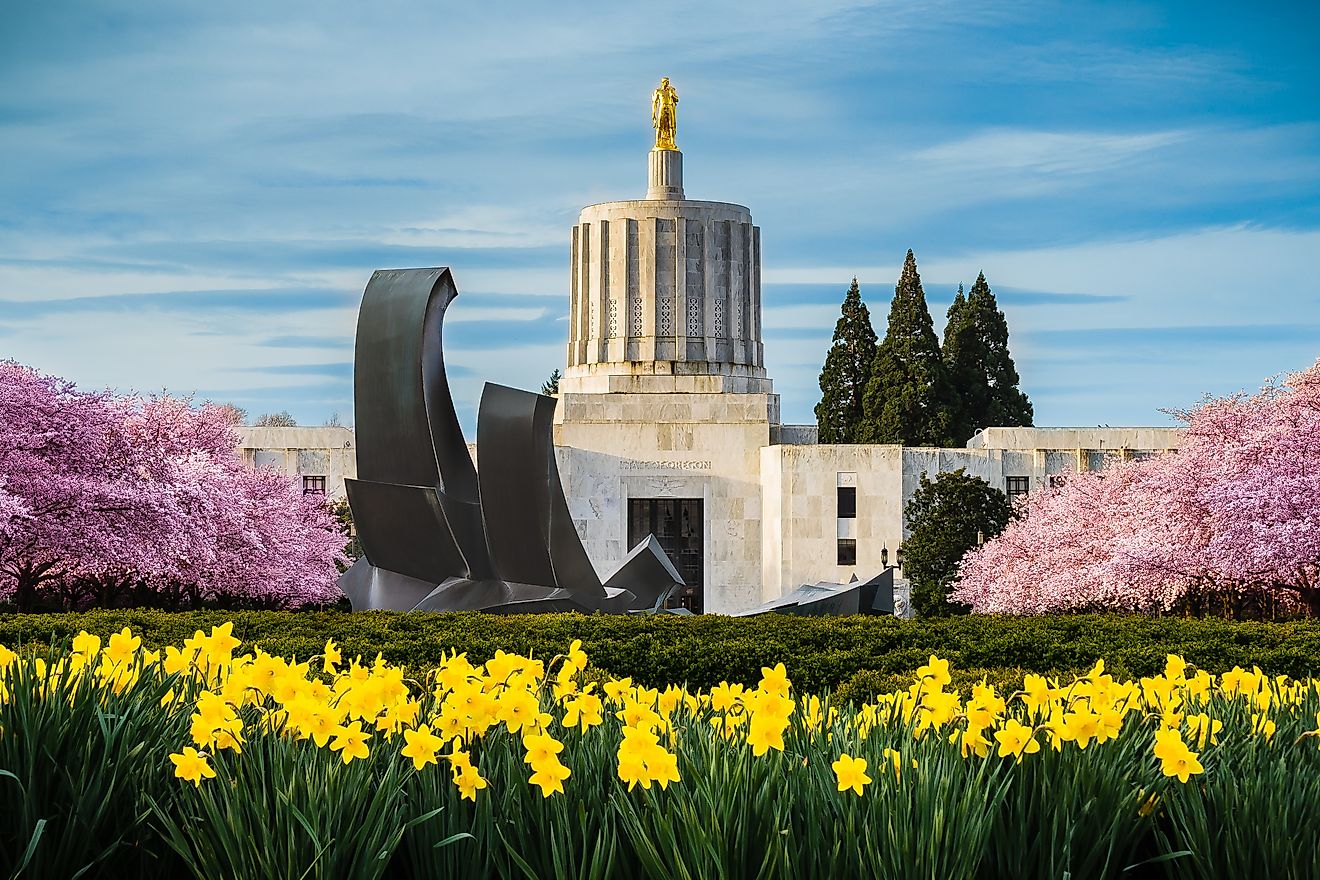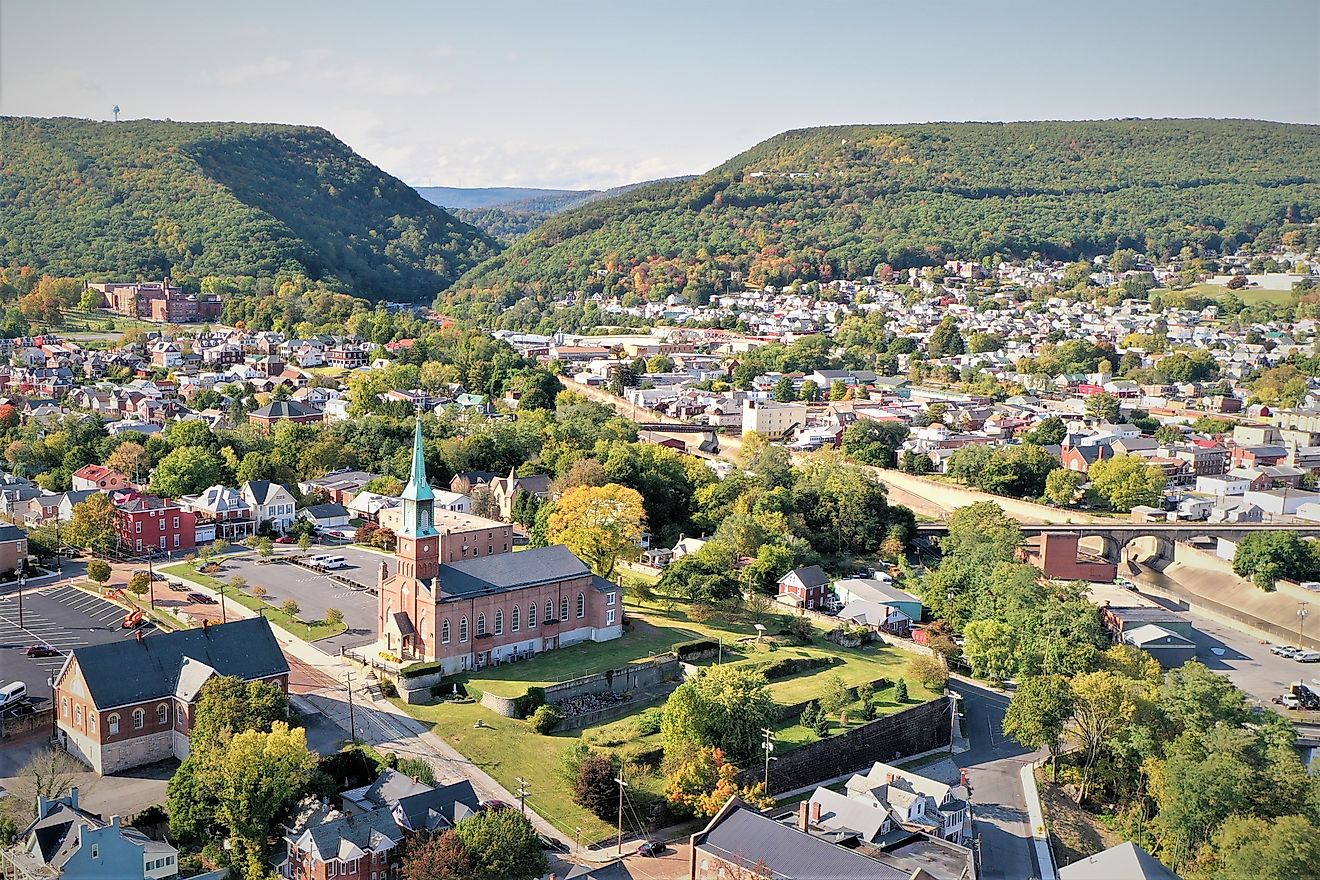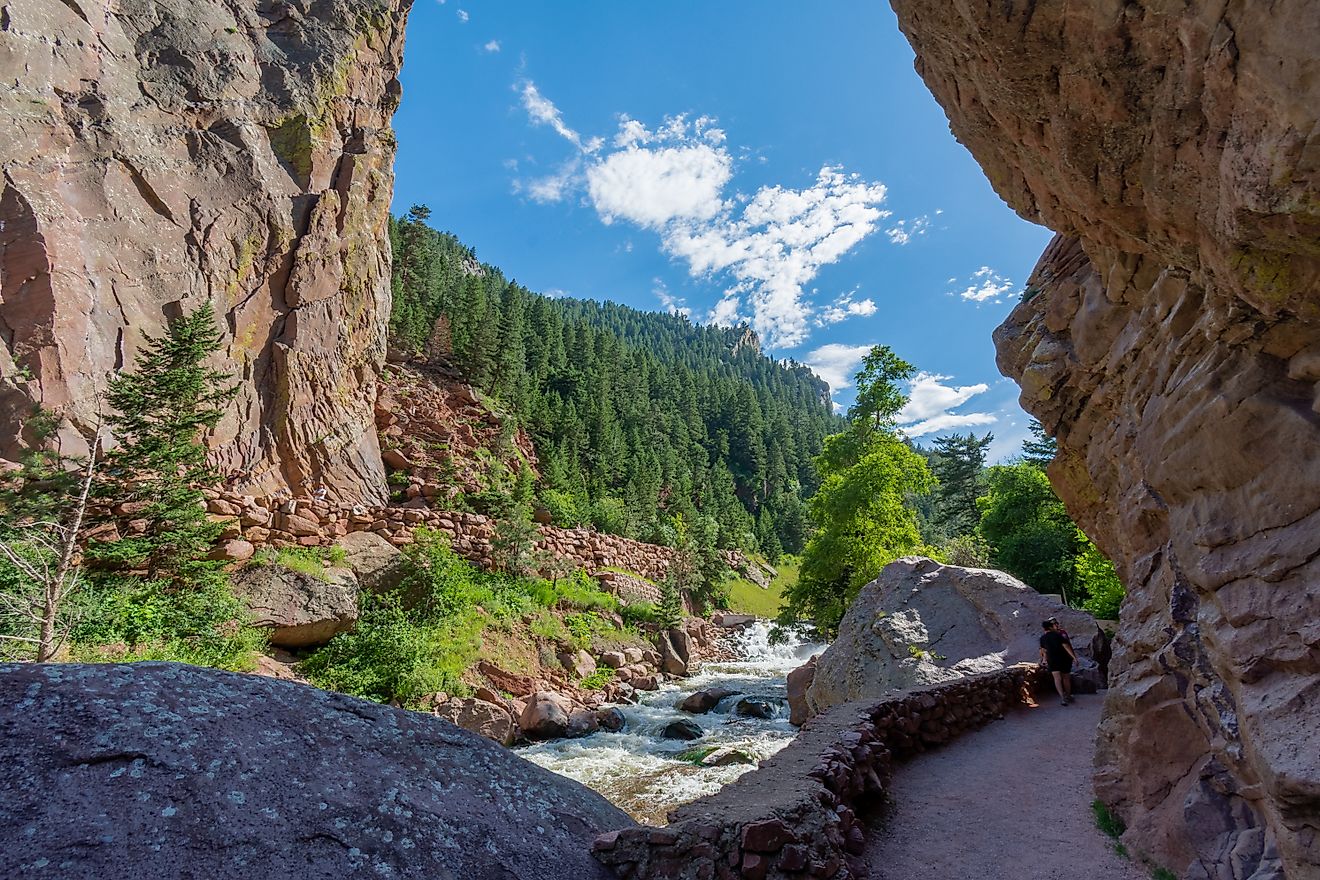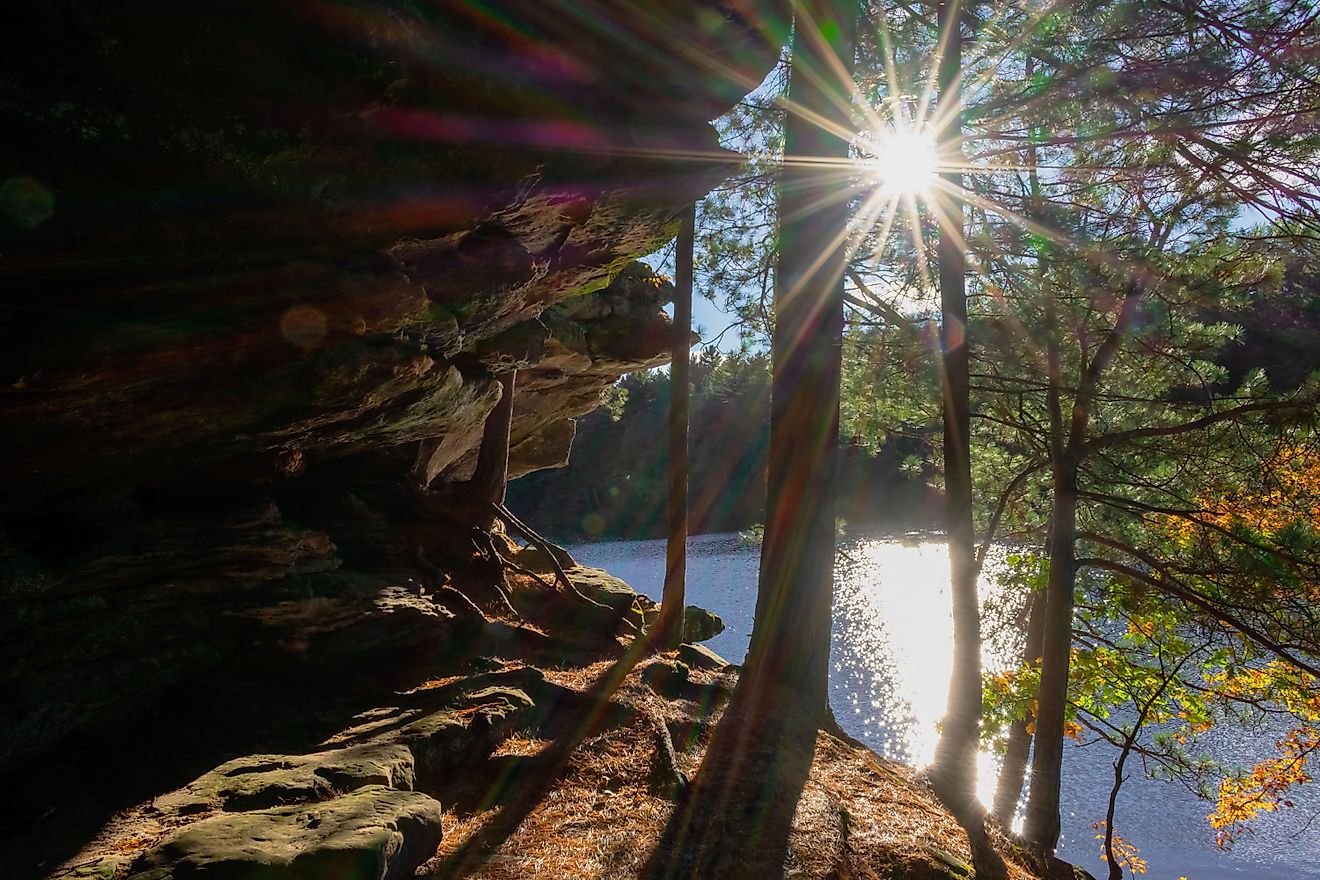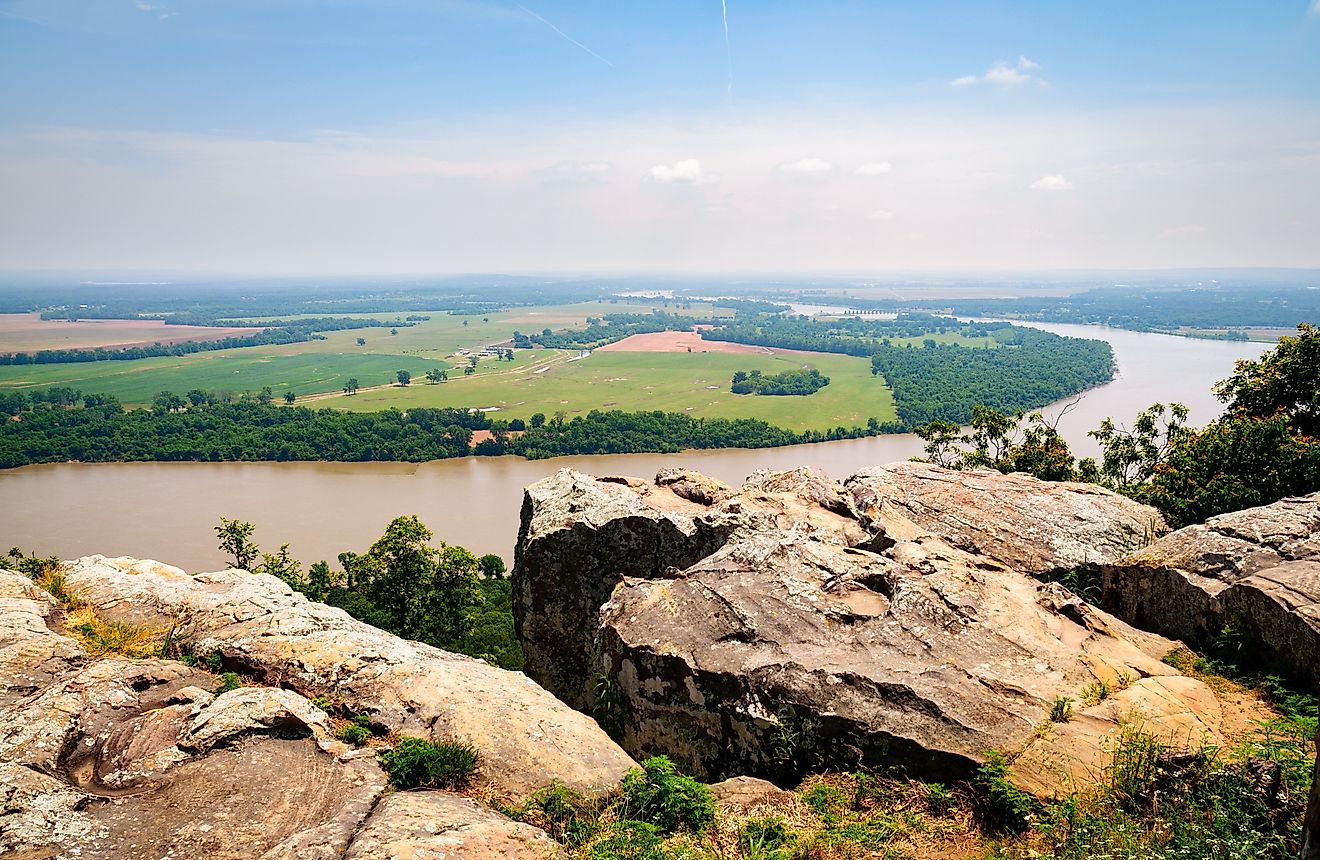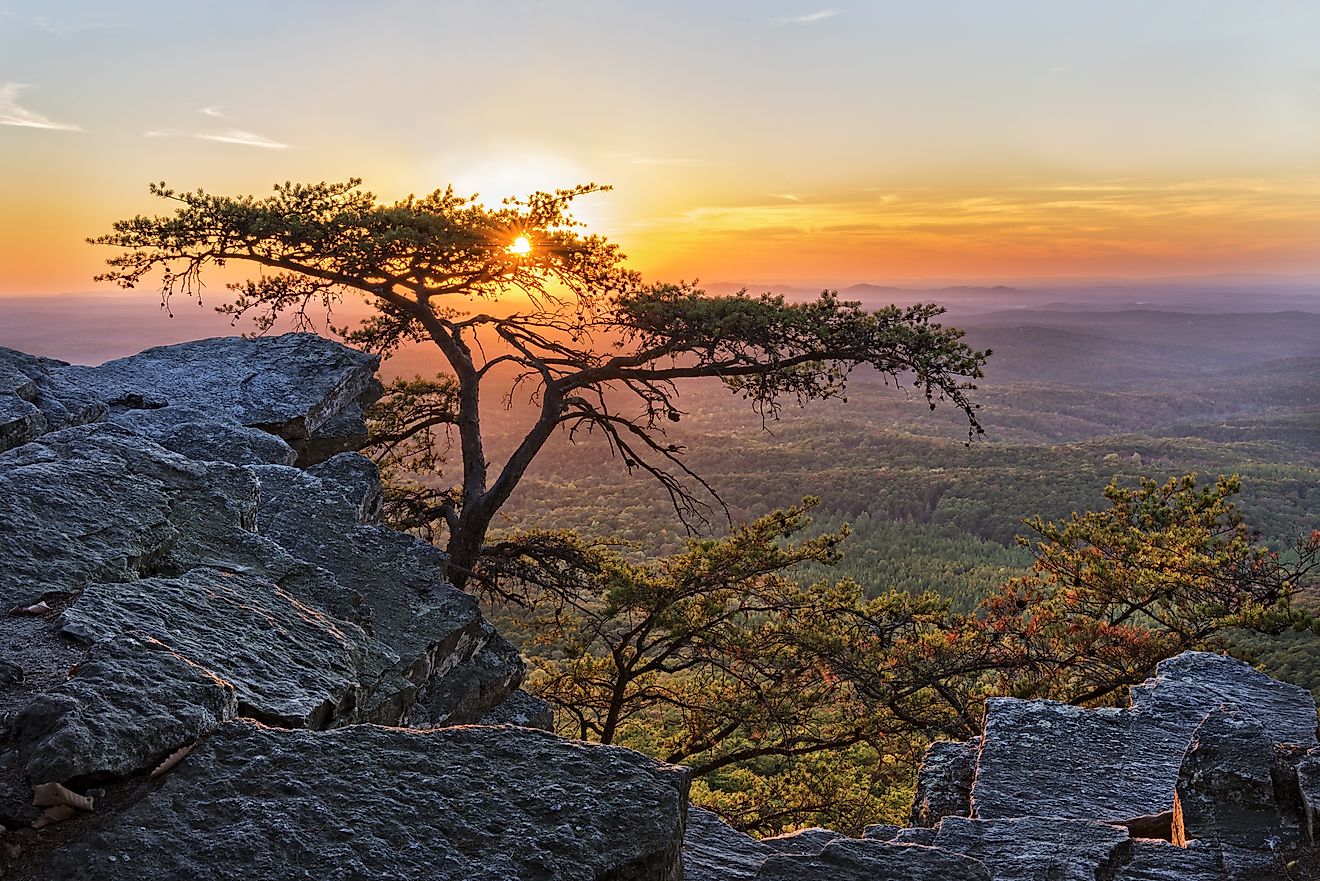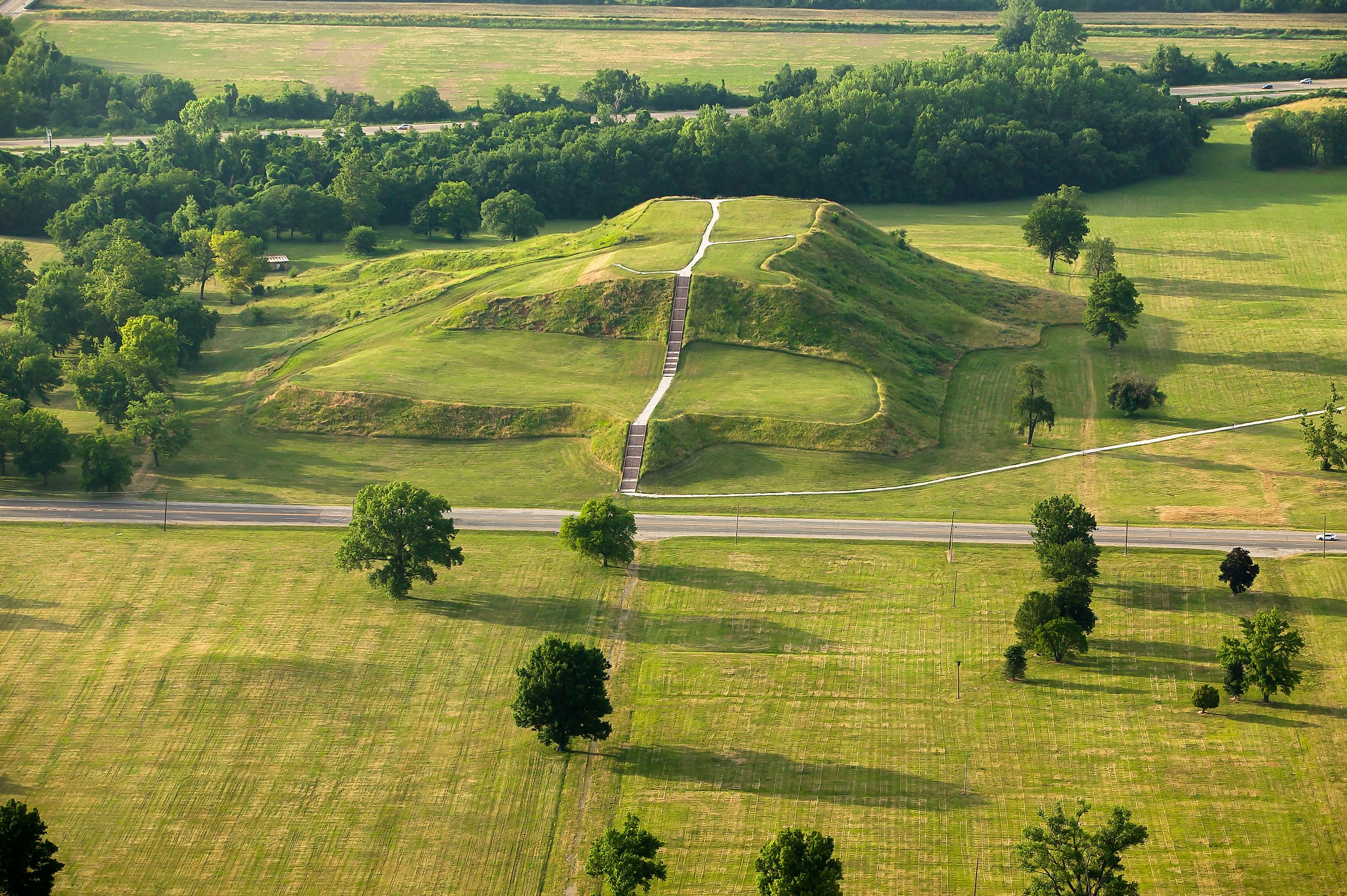
Cahokia Mounds State Historic Site
Step back nearly a thousand years, to a time before skyscrapers, highways, or the sprawl of St. Louis. Across the Mississippi River, an Indigenous metropolis rose from the fertile floodplains. It was bigger than London in its day, teeming with people, culture, trade, and innovation. This was Cahokia, a city of earth and vision, where people built monumental mounds, charted the skies, and forged connections stretching across the continent.
Today, Cahokia Mounds State Historic Site preserves the remnants of this extraordinary city. Recognized as both a US National Historic Landmark and a UNESCO World Heritage Site, it stands as one of the most important archaeological treasures in North America.
A City Ahead of Its Time
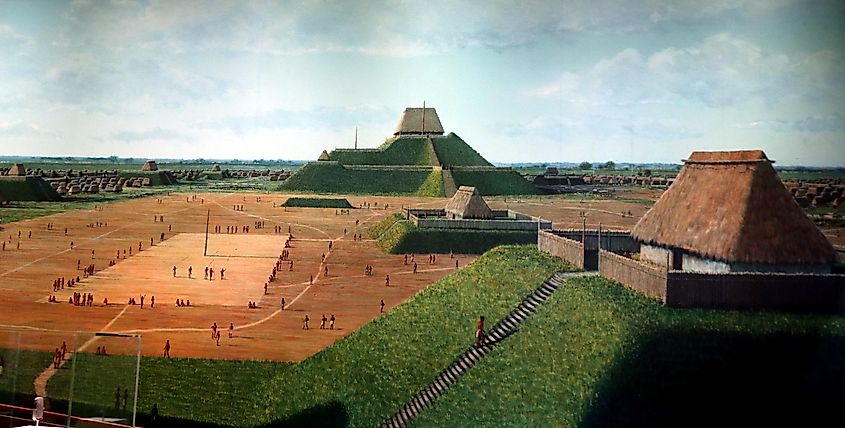
Cahokia wasn’t just a cluster of villages. Around 1100 CE, it flourished as the largest city of the Mississippian culture, covering more than 4,000 acres. Scholars estimate its population ranged from 15,000 to 20,000 people, making it one of the largest urban centers in the world at the time. To put that in perspective, Cahokia was larger than many European cities of the same period.
What made it unique was its organization. This was a planned city, complete with residential neighborhoods, ceremonial plazas, and monumental earthworks. It reveals that Indigenous societies in North America built complex urban environments long before European contact.
The Mounds That Defined a Civilization
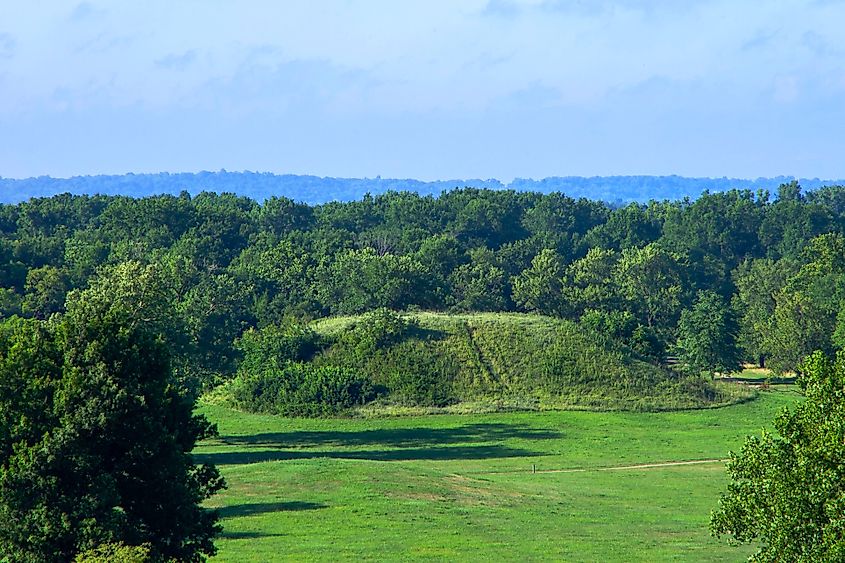
When you walk the site today, the most striking features are the earthen mounds that rise from the Illinois prairie. Archaeologists believe Cahokia once contained about 120 mounds of varying shapes and purposes. Roughly 80 survive within the protected state park boundaries.
-
Monks Mound: The largest mound at Cahokia, standing about 100 feet tall and covering more than 14 acres at its base. It is the biggest pre-Columbian earthen construction north of Mexico. Researchers think it supported a massive building at the top, likely a political or ceremonial center.
-
Platform Mounds: These flat-topped mounds supported homes of elites, temples, or council houses.
-
Conical Mounds: Typically used for burials.
-
Ridgetop Mounds: Their purpose remains debated, but they may have served as territorial markers or memorials.
Walking the trails, you can still feel the scale of these structures, built entirely by human labor with baskets of earth carried one load at a time.
Woodhenge: An Ancient Calendar
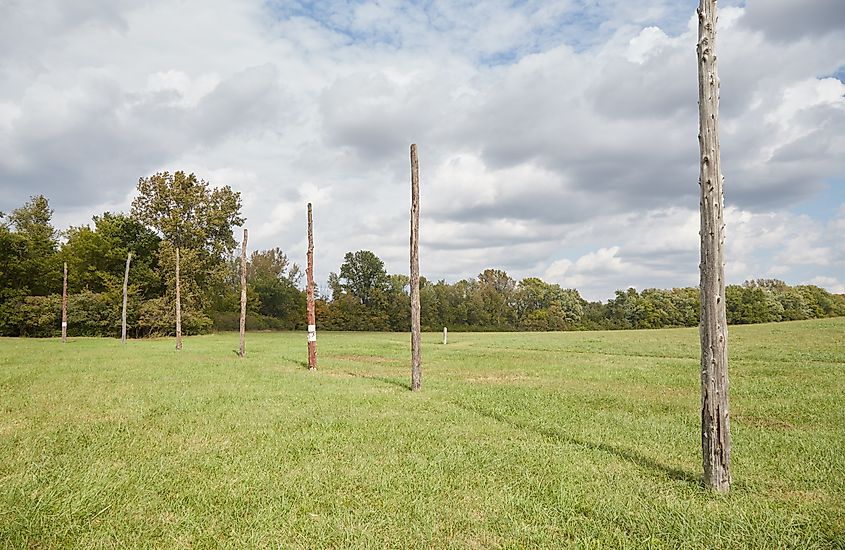
One of Cahokia’s most fascinating discoveries is Woodhenge, a series of large timber circles that once stood just west of Monks Mound. Like England’s Stonehenge, these alignments tracked the sun’s movements throughout the year.
The poles marked solstices and equinoxes, helping inhabitants measure seasons for agriculture and ceremonial life. Imagine the city gathering here on the morning of the summer solstice, watching the sunrise align perfectly with the central post.
Daily Life in Cahokia
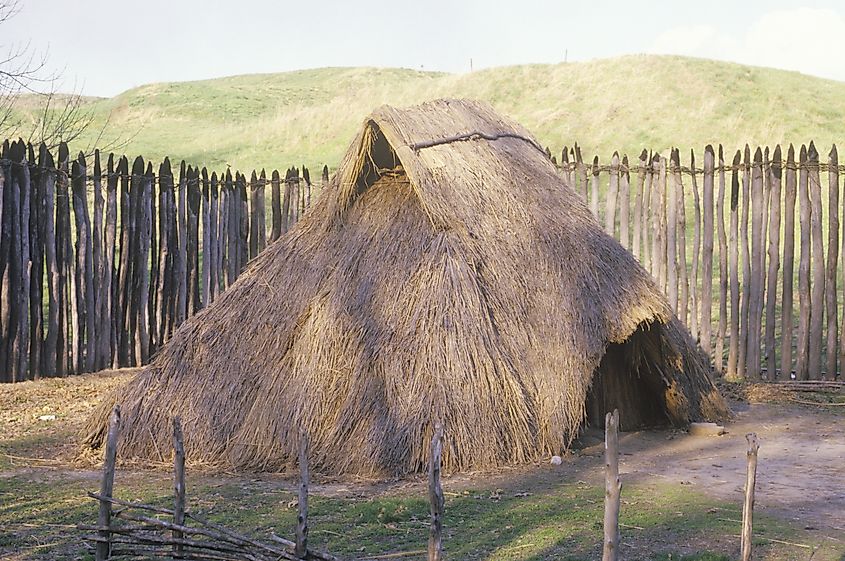
So what was it like to live in Cahokia during its peak? Archaeological evidence paints a vivid picture:
-
Housing: Families lived in wattle-and-daub houses, constructed of wooden posts, woven mats, and clay plaster.
-
Agriculture: Corn was the staple crop, supplemented by squash, beans, and native plants. Fields stretched across the surrounding floodplain.
-
Craftsmanship: Artisans shaped pottery, copper ornaments, and shell jewelry. Symbolic motifs suggest a spiritual world as intricate as the city’s physical one.
-
Religion and Ceremony: Large plazas near the mounds likely hosted gatherings, rituals, and games. These civic-ceremonial centers were the heart of Cahokia’s social life.
A Hub of Trade and Influence
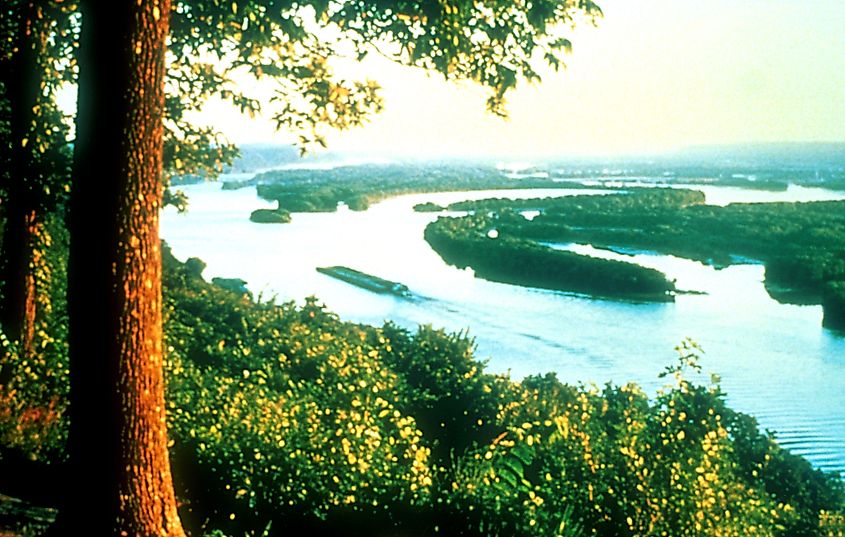
Cahokia’s location near the confluence of the Mississippi, Missouri, and Illinois Rivers made it a natural hub for trade. Excavations reveal goods arriving from across the continent:
-
Copper from the Great Lakes
-
Marine shells from the Gulf of America
-
Obsidian and chert from distant quarries
-
Shark teeth and whelk shells that traveled inland hundreds of miles
These finds show Cahokia’s influence stretched across what is now the Midwest and Southeast. It was not an isolated community but the capital of a vast cultural network.
The Rise and Fall
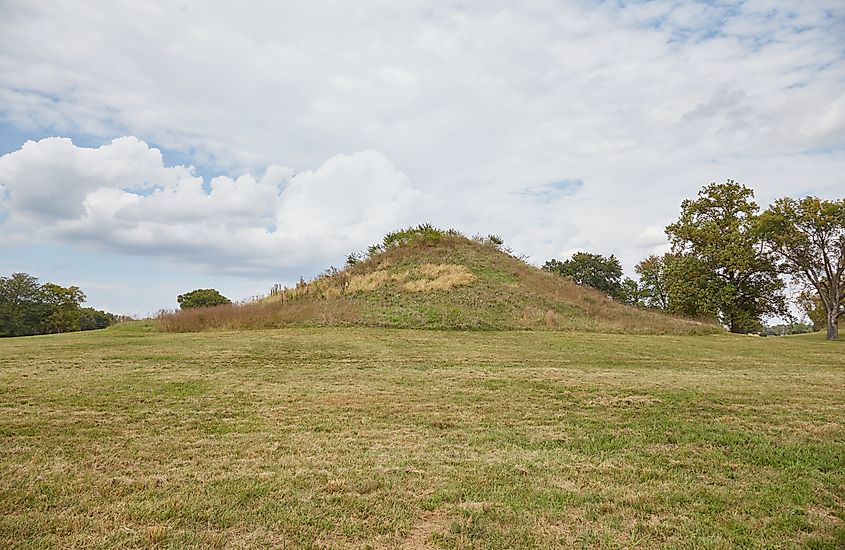
Cahokia’s story is not just one of growth, but also of decline. The city flourished from about 1050 to 1350 CE. Then, population numbers began to dwindle.
Why did Cahokia fade? Scholars continue to debate, but possible factors include:
-
Environmental stress: Deforestation and overuse of farmland strained resources.
-
Flooding: Shifts in the Mississippi River may have damaged fields and homes.
-
Social unrest: Population density could have led to conflict.
-
Migration: People may have dispersed into smaller communities.
By the time European explorers arrived in the region centuries later, Cahokia had been long abandoned. Its mounds stood silent, reclaimed by prairie grasses, but not forgotten.
Rediscovery and Preservation
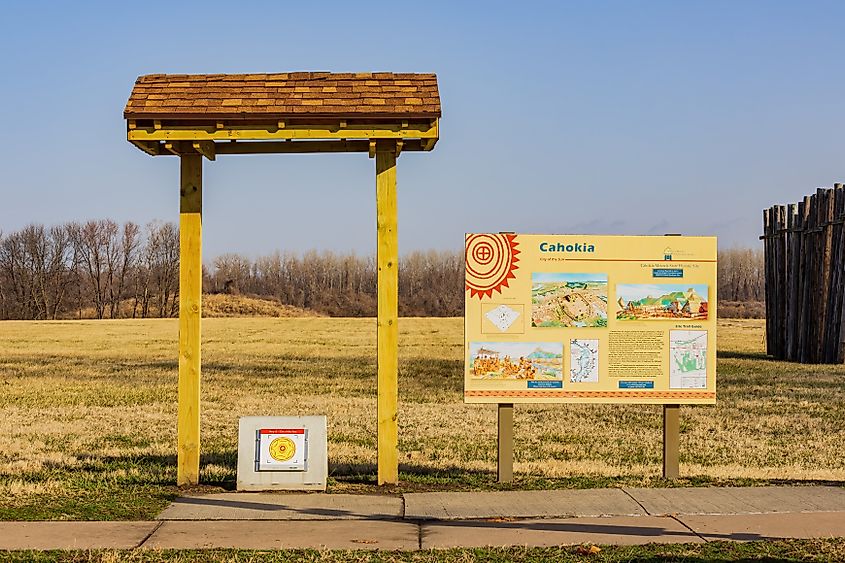
French explorers in the 1600s encountered the Cahokia tribe living nearby and assumed they had built the mounds. In fact, the Cahokia people arrived long after the city had fallen. The true builders remain unnamed, their identities preserved only through archaeology.
Excavations in the 20th century revealed Cahokia’s scale and sophistication, sparking international recognition. Today, the Illinois Historic Preservation Division manages the site, while the Cahokia Mounds Museum Society supports research and education.
In 1982, UNESCO designated Cahokia Mounds a World Heritage Site, placing it in the company of landmarks like the Great Wall of China and the Pyramids of Giza.
Visiting Cahokia Mounds
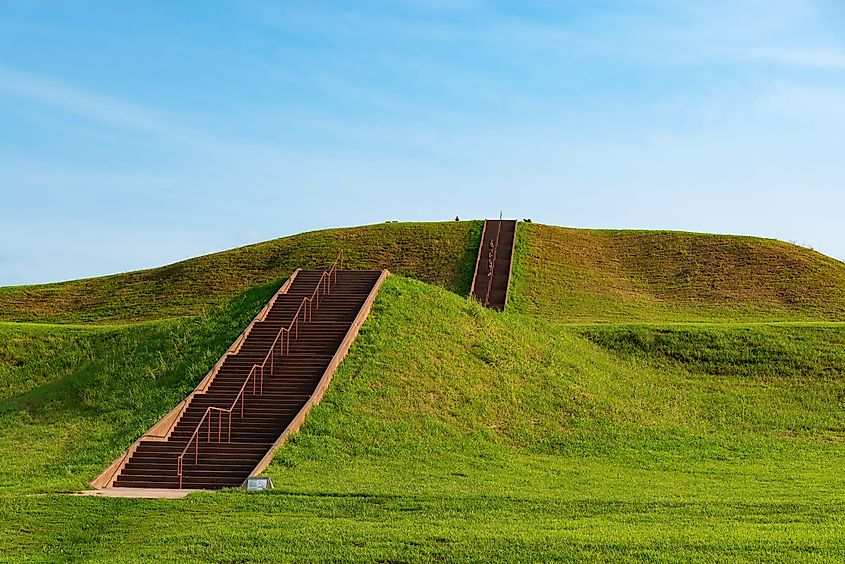
For travelers, Cahokia offers a rare chance to walk through America’s deep past. The site is just a short drive from downtown St. Louis, making it an easy addition to any trip to the region.
Highlights include:
-
Climbing Monks Mound: A staircase leads to the top, where you can see the Mississippi River floodplain and imagine the city sprawling beneath you.
-
Interpretive Center: Exhibits showcase artifacts, reconstructions of houses, and multimedia presentations that bring the city to life.
-
Woodhenge Reconstruction: Seasonal events mark solstices and equinoxes, just as they did a thousand years ago.
-
Trails and Tours: Self-guided and group tours allow visitors to explore the preserved mounds at their own pace.
America’s Forgotten Metropolis
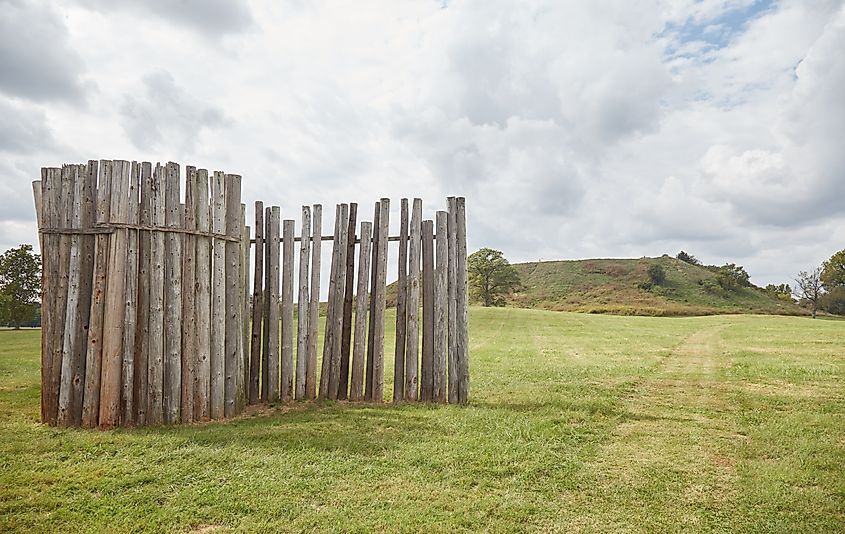
Cahokia Mounds is more than a collection of grassy hills on the Illinois prairie. It is a reminder that long before modern cities shaped America’s landscape, Indigenous people created thriving urban worlds of their own. The mounds whisper stories of leaders and laborers, ceremonies and seasons, families and faith.
Visiting Cahokia today is not just an archaeological experience, but a chance to connect with a deeper American history. Standing on Monks Mound, with the St. Louis skyline in view, you can feel both the past and present converge. This was once the center of a world, and in many ways, it still is.
Key Facts at a Glance
| Feature | Details |
|---|---|
| Location | Collinsville, Illinois, just 8 miles from downtown St. Louis |
| Time Period | Flourished c. 1050-1350 CE |
| Peak Population | 15,000-20,000 (larger than London at the same time) |
| Total Area | About 4,000 acres at its height |
| Mounds Built | Around 120 originally, about 80 still visible today |
| Largest Structure | Monks Mound, 100 feet tall with a 14-acre base |
| Unique Feature | “Woodhenge” solar calendar marking solstices and equinoxes |
| UNESCO Status | Named a World Heritage Site in 1982 |
| Today | 2,200 acres preserved as Cahokia Mounds State Historic Site |
